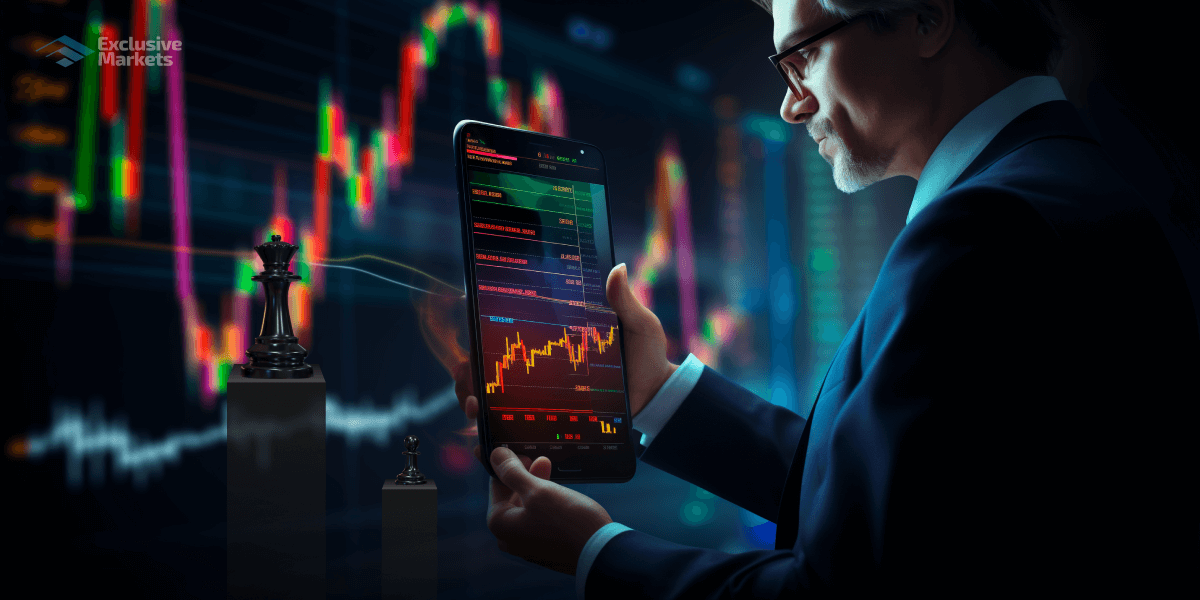
Ultimate Guide to Forex Trading Software
In the fast-paced world of forex trading, leveraging the right software can make all the difference between success and failure. With numerous platforms available, each boasting unique features tailored to meet different trading styles, it’s essential to understand what to look for as you embark on your trading journey. In this comprehensive guide, we’ll explore the vital components of forex trading software, its benefits, and how to choose the right platform for your needs, including insights from forex trading software https://exbroker-argentina.com/.
Understanding Forex Trading Software
Forex trading software refers to applications and platforms designed to facilitate online trading and manage trades. At its core, this software aids traders in executing trades, analyzing market trends, and managing accounts effectively. There are various types of forex trading software available on the market, each tailored to different trading methodologies.
Types of Forex Trading Software
1. Trading Platforms
Trading platforms are the most common type of forex software. These applications allow traders to view market data, access trading tools, and execute transactions. Some well-known trading platforms include MetaTrader 4 (MT4), MetaTrader 5 (MT5), and cTrader. Each platform features varying complexity and tools suited for beginner and advanced traders alike.
2. Automated Trading Systems
Automated trading systems, or Forex robots, are programmed to execute trades on behalf of the trader based on pre-set criteria. This type of software employs algorithms to analyze market data and can potentially execute trades faster than a human. They are particularly beneficial for traders who cannot monitor the markets continuously.
3. Charting Tools
Charting tools play a crucial role in market analysis. They provide traders with visual data regarding price movements, trends, and potential trading opportunities. Charting software often includes indicators such as Moving Averages, Relative Strength Index (RSI), and Bollinger Bands, helping traders make informed decisions.
Key Features to Look for in Forex Trading Software
1. User Interface
A user-friendly interface can significantly affect the trading experience, particularly for beginners. Traders should seek a platform that offers easy navigation, intuitive design, and customizable layouts to suit their trading preferences.
2. Charting and Technical Analysis Tools
Robust charting capabilities and an array of technical analysis tools are essential for any trader looking to analyze market conditions effectively. Platforms that offer real-time data and various chart types enhance the ability to make critical trading decisions.
3. Security Features
Trading involves sensitive information, so security features are paramount. Look for software that provides strong encryption, two-factor authentication, and a solid reputation about data protection.
4. Speed and Reliability
In forex trading, speed can impact profit margins. Reliable trading software provides quick order execution and minimal downtime, ensuring traders can respond promptly to changing market conditions.
5. Customer Support

Access to efficient customer support is crucial in case of technical issues or questions that arise while using the software. Opt for a platform that offers multiple support channels, including live chat, phone, and email.
Benefits of Using Forex Trading Software
1. Enhanced Trading Efficiency
Forex trading software automates many trading processes, allowing traders to focus on strategy development and market analysis. Features such as one-click trading help expedite the order execution process, making it more efficient.
2. Improved Market Analysis
With advanced analytical tools, traders can identify patterns, trends, and potential trading signals more accurately. This data-driven approach allows for better-informed trading decisions and can lead to higher profitability.
3. Risk Management
Most forex software includes risk management tools such as stop-loss orders and take-profit points. These features enable traders to prevent significant losses and secure profits by automating exit strategies.
4. Accessibility
Many platforms offer mobile applications, allowing traders to monitor their positions and execute trades on the go. This flexibility is particularly advantageous for traders who cannot remain glued to their screens.
How to Choose the Right Forex Trading Software
Choosing the right trading software is crucial to a trader’s success. Here’s a step-by-step guide to help in making this decision:
1. Define Your Trading Style
Your approach to trading will dictate the type of software that best suits your needs. Day traders may benefit more from platforms with fast execution speeds, while swing traders may prioritize analytical tools over speed.
2. Consider Your Budget
Forex trading software comes with various pricing models, from free versions to premium subscriptions. Assess your budget and determine how much you’re willing to invest in your trading tools.
3. Read Reviews and Comparisons
Research user reviews and comparisons of different platforms to assemble information on reliability, customer support, and overall performance. International trading forums and websites can be significant resources.
4. Test Demo Versions
Many forex trading software options offer demo accounts. Utilize these to familiarize yourself with the platform’s features and interface before committing financially.
Conclusion
In conclusion, forex trading software is an essential component of successful trading, providing numerous tools designed to enhance efficiency, analysis, and overall decision-making. By investing time in understanding the features, benefits, and types of software available, traders can position themselves for success in the complex world of forex. Remember to consider your trading style, budget, and the essential features outlined above when selecting a platform. With the right software at hand, you will be well on your way to navigating the forex market with confidence.

